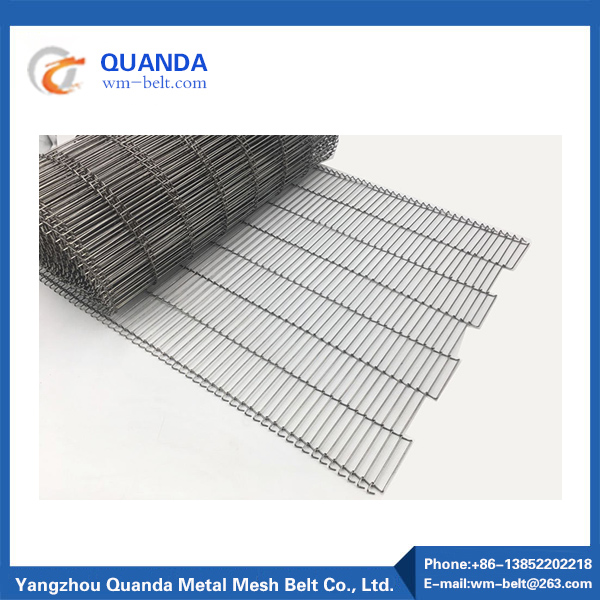How do you determine the appropriate belt width and length for a specific application
2023-10-31
Selecting the appropriate belt width and length for a specific application is crucial to ensure efficient and effective conveyor operation. To determine the correct mesh conveyor wire belt dimensions, you should consider several factors related to your application:
1. Product Size and Shape:
- The size, shape, and weight of the products being conveyed play a significant role in determining the belt width. Ensure that the belt is wide enough to accommodate the largest products while avoiding overhang or excessive empty space on the sides.
2. Production Capacity:
- Consider the required throughput and production capacity of the conveyor system. A wider belt can handle a higher volume of products.
3. Conveyor Layout and Space Constraints:
- Assess the available space and layout of the conveyor system. Ensure that the belt's width fits within the available space without causing obstructions or safety issues.
4. Incline/Decline Angle:
- If your conveyor system includes inclines or declines, the belt width may need to be wider to prevent product spillage or sliding.
5. Conveyor Speed:
- Conveyor speed can affect the belt width requirement. Higher speeds may necessitate a wider belt to ensure product stability and prevent product loss.
6. Belt Load Capacity:
- Consider the weight of the products or materials being conveyed. Ensure that the belt can support the expected load without excessive stretching or sagging.
7. Operational Environment:
- The environmental conditions in which the conveyor operates can impact belt selection. For instance, in extreme temperatures, a wider or narrower belt may be required based on thermal expansion considerations.
8. Product Orientation:
- The orientation of products on the belt can impact the required belt width. If products need to be oriented in a specific way or spaced a certain distance apart, this should be considered.
9. Cleats or Flights:
- If the application requires cleats or flights on the belt for incline or decline conveying or product containment, the placement and size of these features can affect the belt width.
10. Maintenance and Accessibility:
- Consider ease of maintenance and accessibility for cleaning, repairs, and belt replacement. Ensure there is adequate clearance for these activities.
To determine the appropriate belt length:
1. Conveyor Layout:
- Consider the layout of your conveyor system and determine the length needed to connect various processing or transfer points.
2. Conveyor Path:
- Measure the path the belt will travel, including any curves, turns, and inclines/declines.
3. Tail and Head Pulleys:
- Account for the space required for the tail and head pulleys and any take-up units.
4. Tensioning Mechanisms:
- Include the length needed for any tensioning mechanisms, such as tensioning screws or pulleys.
5. Clearance:
- Allow for adequate clearance at the ends of the belt to ensure smooth operation and to prevent contact with conveyor structure or equipment.
6. Safety Factors:
- Consider safety factors, and it's often advisable to add a margin for flexibility in case of any unexpected changes or extensions to the conveyor system in the future.
It's essential to work closely with the conveyor system manufacturer or supplier to ensure that the selected belt width and length are suitable for your specific application. They can provide guidance and may offer customization options to meet your precise requirements. Additionally, regular maintenance and monitoring of the conveyor system can help ensure it continues to operate efficiently and safely.



